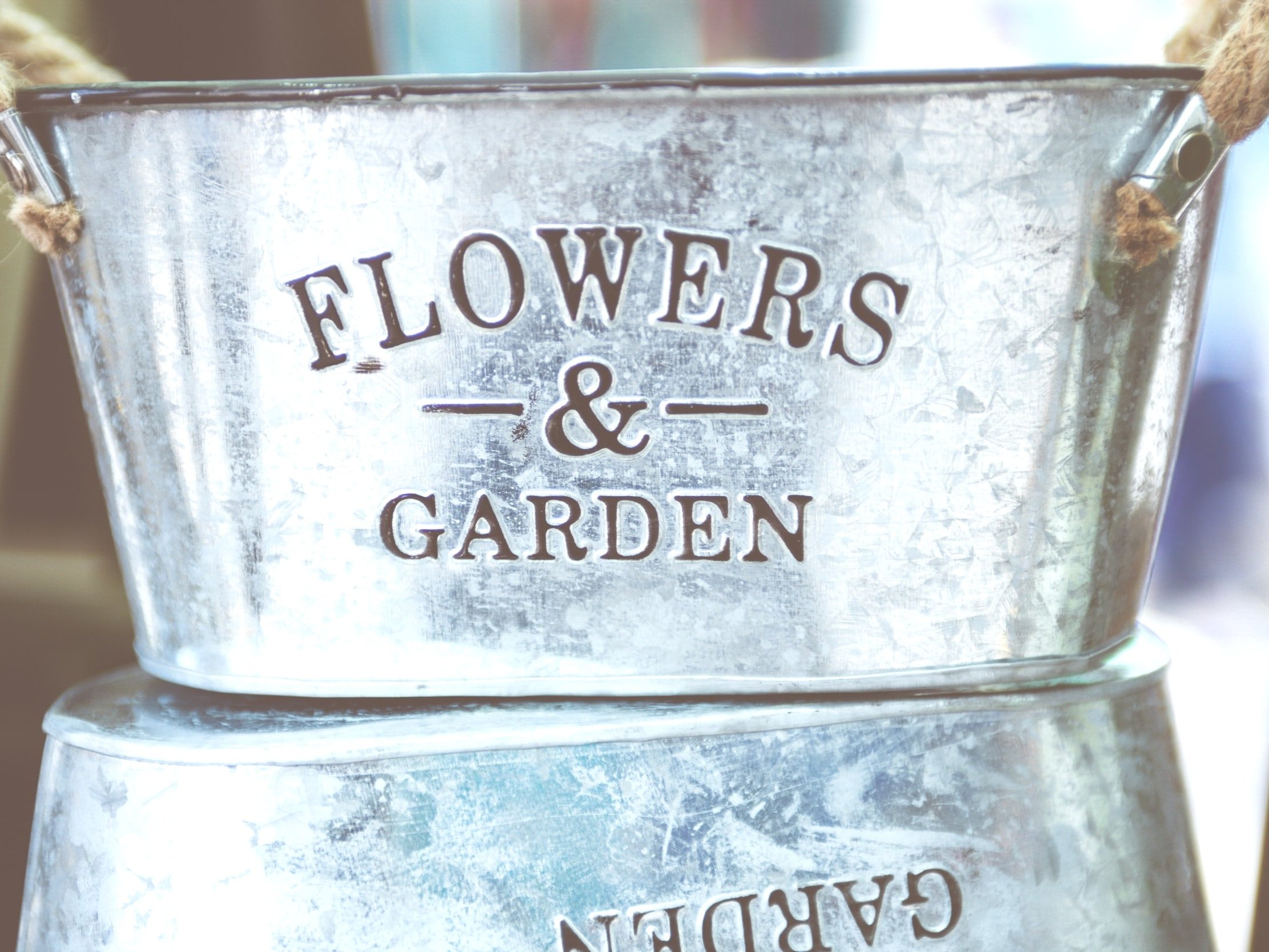What to Know About Using Steel Tubs for Gardening
Gal
vanized steel is exploding in popularity. It's one of my favorite looks and is also very durable. Steel tubs will work for planting -- in fact I have a few in my garden. However, there are a couple of things to be aware of if you choose steel tubs for gardening.
Cost
Steel tubs are mid-range when considering planters or raised garden beds. I talk to a lot of people who figure a steel trough intended for feeding cattle or a tub for storing grains won’t hurt the wallet. That makes sense, and going back as recent as five or so years ago, it was the case. Prices haven’t soared too much (here’s one I found at Home Depot) and the value is there, but I don’t know that I would think of steel as a “cheap” option.
Purpose
Most steel troughs and tubs that you’ll find in stores tend to be a bit smaller, which means they'll dry up quicker, and depending on how small/shallow they are, how hot it is, etc., they can even cook the plants. :( Unless it’s a steel planter that’s been made to look like a feed tub, it’s going to have a bottom. That bottom means you’re going to need to ensure that you drill enough drainage holes to allow water to escape, otherwise you could face root rot. By having a bottom, you’re still likely to get fewer worms in your garden and prevent plants from getting to the nutrients they need from below ground.
The Verdict?
It’s MORE THAN LIKELY that planting some herbs in a big steel tub will net a plentiful bounty without issue. However, if you’re planning to install a kitchen garden or something more than a few herbs, you may want to consider something created with gardening in mind. The good news is that the industry is paying attention and has responded to the demand for steel planters and beds. There are a number of beds designed with the steel trough look in mind, but better suited for gardening. I love the high-quality modular options available through Vego Gardening. There are other options out there, just make sure what you’re getting is quality — ask questions about projected lifespan, ability to withstand the elements, etc.


